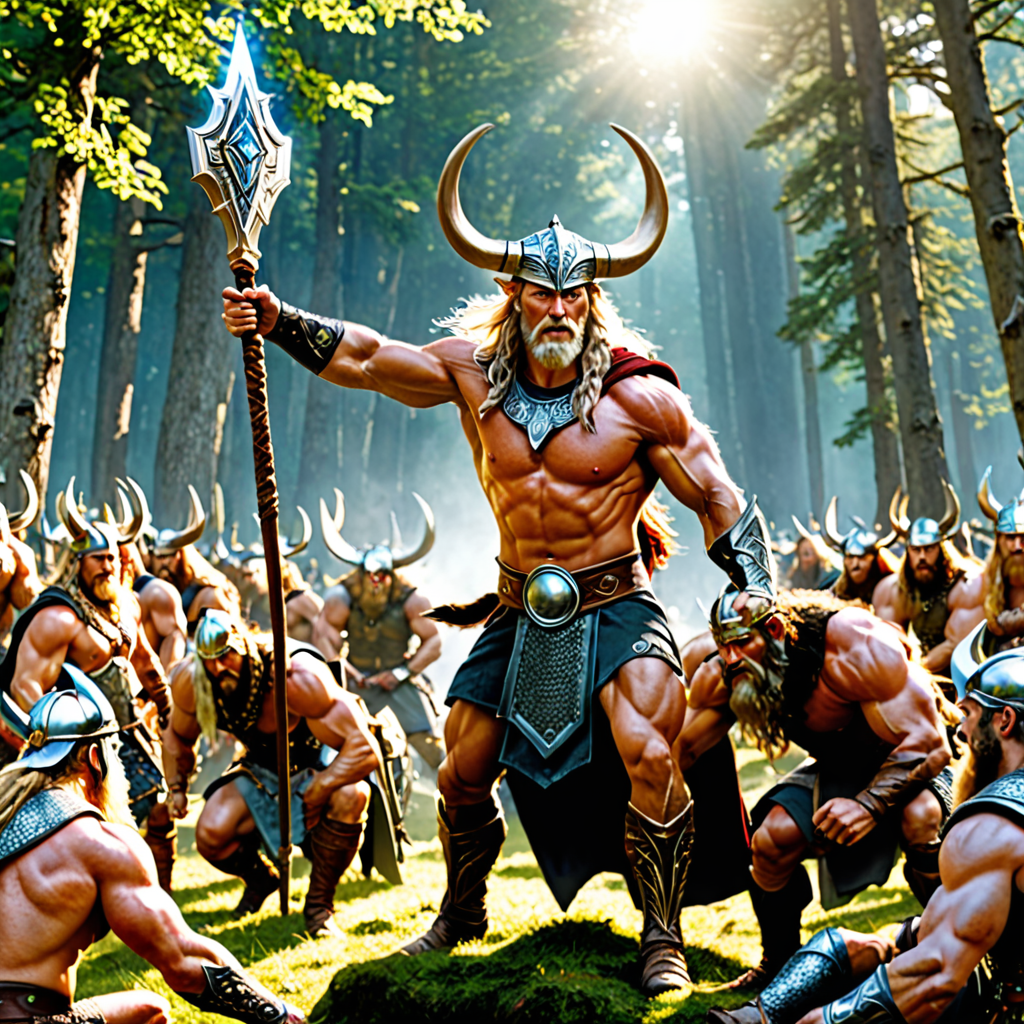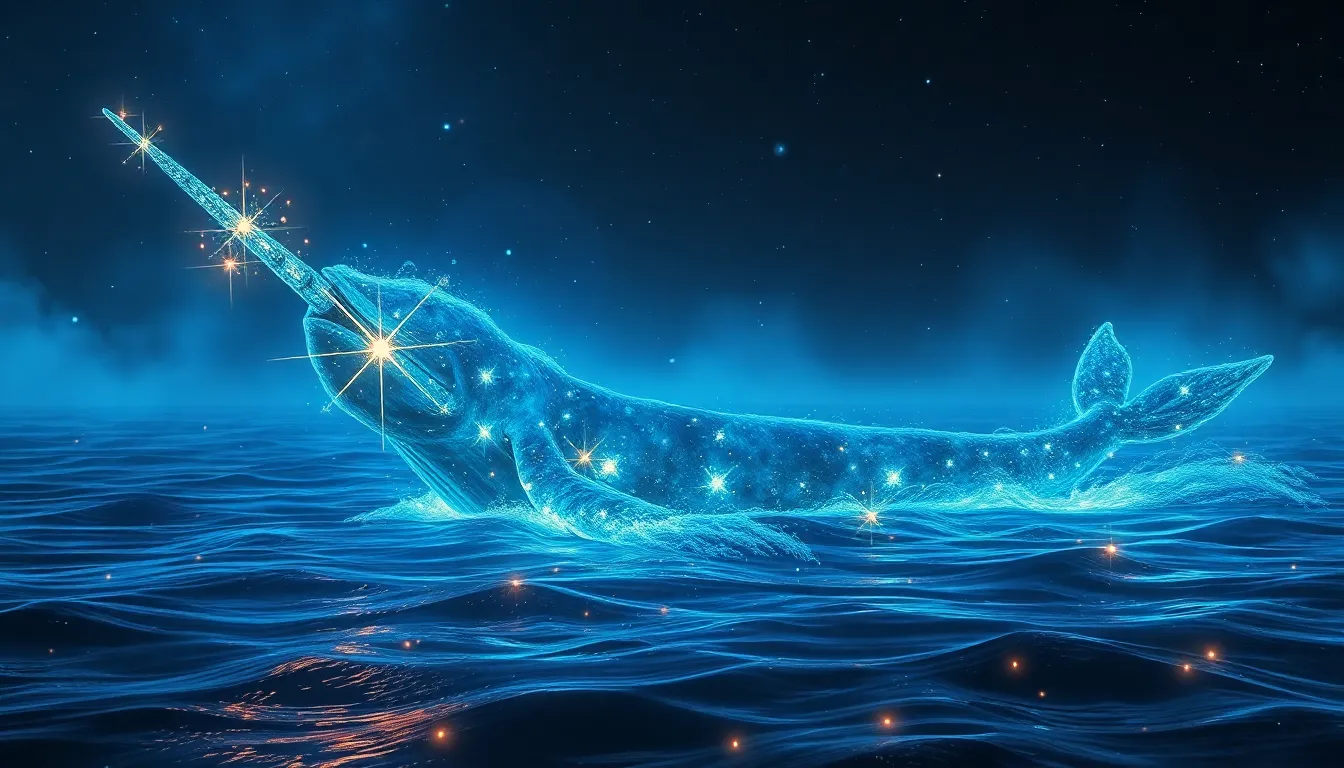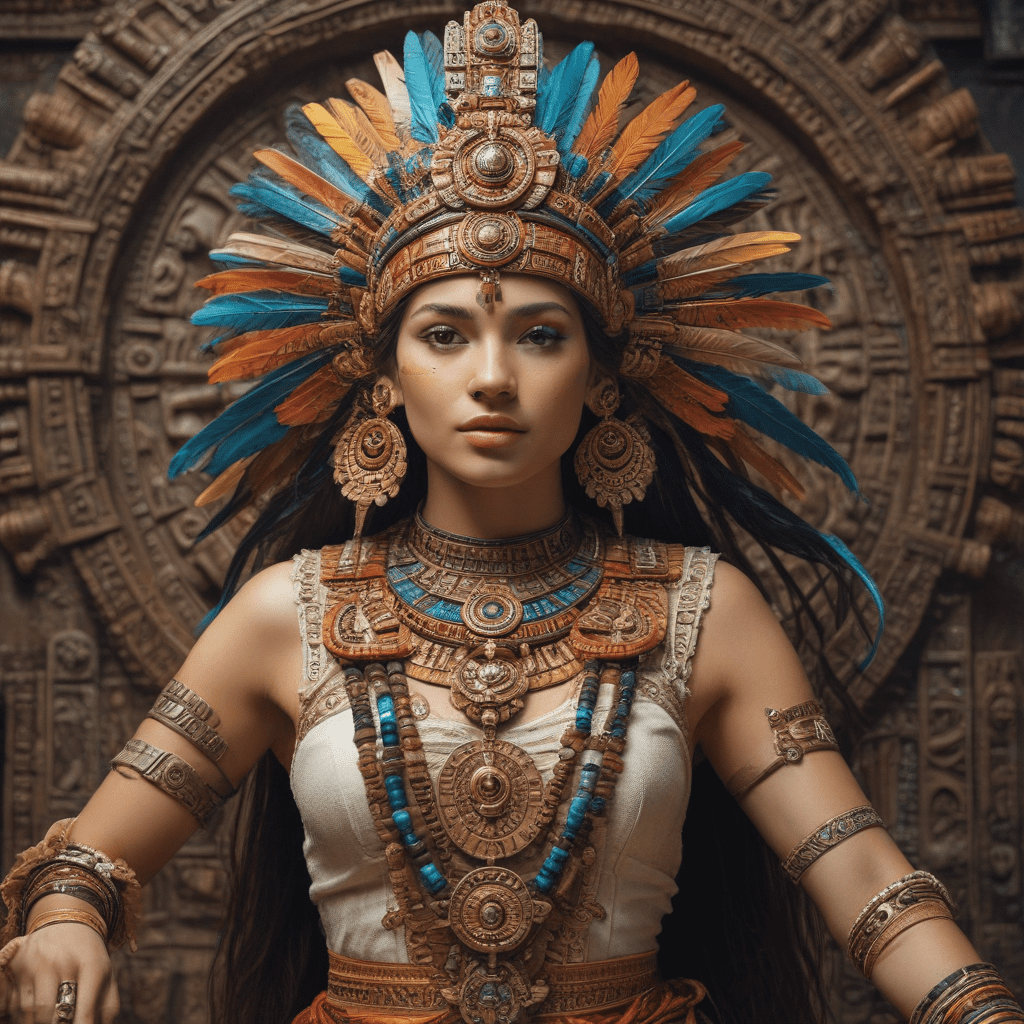The Concept of Transformation and Evolution in Norse Mythology
The Dynamic Nature of Norse Mythological Characters
In Norse mythology, the theme of transformation and evolution plays a significant role in shaping the stories and the characters within them. Gods, giants, and other beings undergo profound changes that reflect the complexity and fluidity of life and existence in the Norse pantheon. For example, Loki, the trickster god, transforms himself into various creatures to outwit his adversaries, showcasing the power of shape-shifting and adaptability in the mythological narratives.
The Evolution of Creation Stories in Norse Mythology
Norse mythology features intricate creation stories that depict the evolution of the cosmos and the beings that inhabit it. One of the most prominent tales is that of Ymir, the primordial being from whose body the world was created. This narrative highlights the cyclical nature of creation and destruction, underscoring the theme of transformation as a constant force driving the mythological world forward.
Symbolism of Transformation in Norse Mythology
In Norse mythology, transformation serves as a potent symbol of growth, renewal, and rebirth. The concept of Ragnarok, the apocalyptic destruction and subsequent renewal of the world, exemplifies the cyclical nature of life and the inevitability of change. Characters like Odin, who sacrifices his eye for wisdom, embody the transformative journey undertaken by individuals seeking higher knowledge and understanding of the universe.
The Influence of Transformation in Norse Culture
The theme of transformation and evolution in Norse mythology goes beyond storytelling; it permeates the cultural and spiritual worldview of the ancient Norse people. The concept of shape-shifting, for instance, appears in shamanic practices and magical rituals, emphasizing the connection between humans and the natural world. By delving into the rich tapestry of Norse mythological themes, we can gain a deeper appreciation for the profound ways in which transformation and evolution shaped the beliefs and practices of this fascinating culture.
FAQ about The Concept of Transformation and Evolution in Norse Mythology
What is transformation in Norse mythology?
Transformation in Norse mythology refers to the ability of gods and creatures to change their forms, often to achieve specific goals or demonstrate their powers. This concept plays a significant role in various myths and legends, showcasing the fluidity and adaptability of beings in Norse cosmology.
How does evolution manifest in Norse mythology?
Evolution in Norse mythology is depicted through the growth, change, and development of beings over time. Gods, giants, and other mythical creatures evolve in power, knowledge, and influence throughout various tales, reflecting the dynamic nature of the Norse universe.
What examples illustrate transformation and evolution in Norse mythology?
Examples of transformation include Loki’s ability to shape-shift into different forms, Odin’s transformation into different beings to acquire wisdom, and Freyja’s connection with the falcon cloak for metamorphosis. Evolution is exemplified through Thor’s journey to becoming a renowned protector and Freyr’s development from a fertility deity to a prominent figure in battle.
How do transformation and evolution symbolize deeper meanings in Norse myths?
Transformation and evolution in Norse mythology symbolize themes such as adaptability, growth, and the cyclical nature of life. They also represent the capacity for beings to overcome challenges, acquire new strengths, and embrace change as integral aspects of existence in



